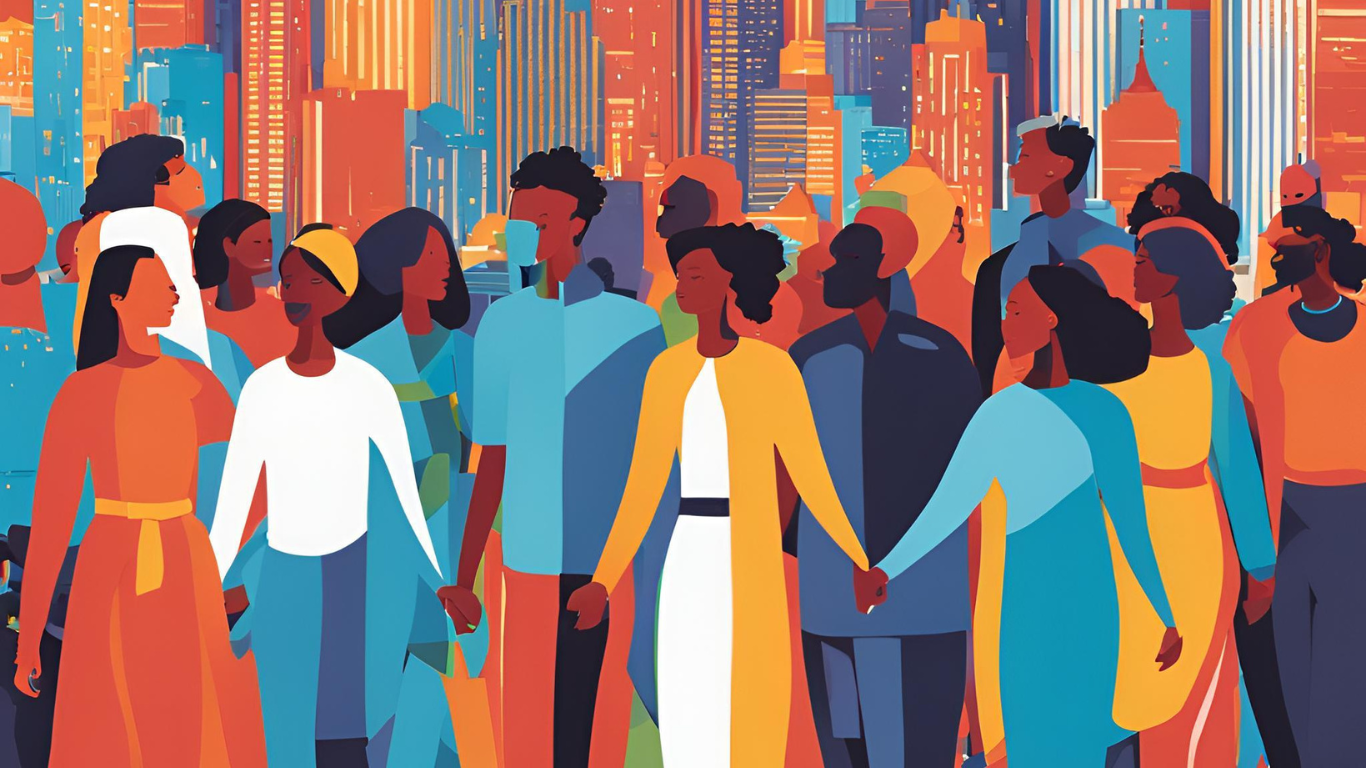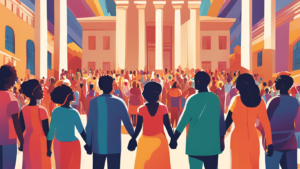The Right to Equality is a fundamental principle in the Constitution of India, outlined in Articles 14 to 18. It highlights the Indian government’s promise to treat everyone fairly and equally under the law. This right is vital to the country’s democratic values, showcasing the commitment to justice, freedom, and community.
Article 14: Equality Before the Law
Article 14 assures that no individual should be denied the right to be treated equally by the law. It encompasses two key ideas:
1. Equality Before the Law: This means that everyone, no matter their background or status, is subject to the same laws. It ensures that no one is above the law and everyone must follow it.
2. Equal Protection of the Laws: This concept recognizes that some individuals may need different kinds of help to achieve true equality. It allows the government to create special laws or provisions to support those who are disadvantaged, ensuring that everyone has a fair chance.
India’s Supreme Court has interpreted Article 14 in a broad manner, making it clear that any form of unfair discrimination is not allowed. Important court cases, like *Maneka Gandhi v. Union of India* in 1978, have reinforced the significance of this Article, emphasizing that laws and government actions must always be fair, reasonable, and just.
In summary, the Right to Equality is essential in promoting a just society, where everyone has the same opportunities and protections.
Understanding the Right to Equality
Article 15: Prohibition of Discrimination – No Discrimination
Article 15 states that discrimination based on religion, race, caste, sex, or where a person is born is not allowed. This rule is essential for reducing social inequalities and encouraging a more inclusive society. It acknowledges that some groups face obstacles and require the government to actively work to remove these barriers.
Additionally, this Article permits affirmative action, which means the government can create special programs to help socially and educationally disadvantaged groups, namely Scheduled Castes and Scheduled Tribes. This approach is crucial for addressing past wrongs and offering better opportunities to marginalised communities.
Article 16: Equality of Opportunity in Public Employment – Fairness in Government Jobs
Article 16 guarantees that everyone has an equal opportunity to apply for government jobs. It prevents any unfair treatment based on the same reasons mentioned in Article 15 and emphasises the need for hiring based on skills and qualifications in public service.
Additionally, this Article allows for some job positions to be reserved for certain communities. This is intended to help address past inequalities and ensure that groups that have been underrepresented can also access government job opportunities.
Article 17: Abolition of Untouchability – Ending Untouchability
Article 17 addresses the harmful practice of untouchability linked to the caste system. It abolishes untouchability and mandates government action to prevent its continuation, promoting equality and respect for all citizens. This inhuman practice labels some individuals as impure, with the belief that even their shadow can pollute others. Despite constitutional prohibition, untouchability still persists unofficially in some parts of India. Some Hindu religious scriptures have even supported this practice and that is the prime reason that this practice has prevailed in this modern age of civilisation.
Article 18: Abolition of Titles – No Titles
Article 18 removes titles and honours that can create a sense of superiority among people. This Article is important for breaking down old hierarchical systems in society. It makes it clear that there is no king and no slave, supporting the idea of dignity for all. We, as citizens, understand how important this provision is in our everyday lives. This Article is key to challenging the mindset that allowed some people to hold power while pushing others into lower positions.
Role of the Judiciary
The courts play a key role in interpreting and enforcing the Right to Equality. Through various important rulings, judges have expanded the meanings of these Articles to address current issues. For example, the idea of “positive discrimination” has been upheld in some cases, acknowledging that special support is needed for disadvantaged groups.
The courts have also stepped in to protect individuals from unfair actions by the government, making it clear that equality is not just a legal necessity but a moral one. The judiciary’s active involvement has been vital in advancing the rights of marginalized communities, ensuring that equality is a tangible reality for everyone.
Conclusion
The Right to Equality is a fundamental right that captures the essence of justice in India. It’s not just a legal concept; it serves as a powerful tool for creating a fair society. As India deals with ongoing social and economic challenges, this right is essential for advocacy and reform.
The ideas in Articles 14 to 18 demonstrate a commitment to fairness and social justice. The continuing challenge is to turn these constitutional promises into real-life changes for everyone. Moving forward, the Right to Equality will be crucial in building a society where every individual can fully enjoy their rights. The combination of lawmaking, court interpretations, and social progress will shape the success of this fundamental right in the future.



